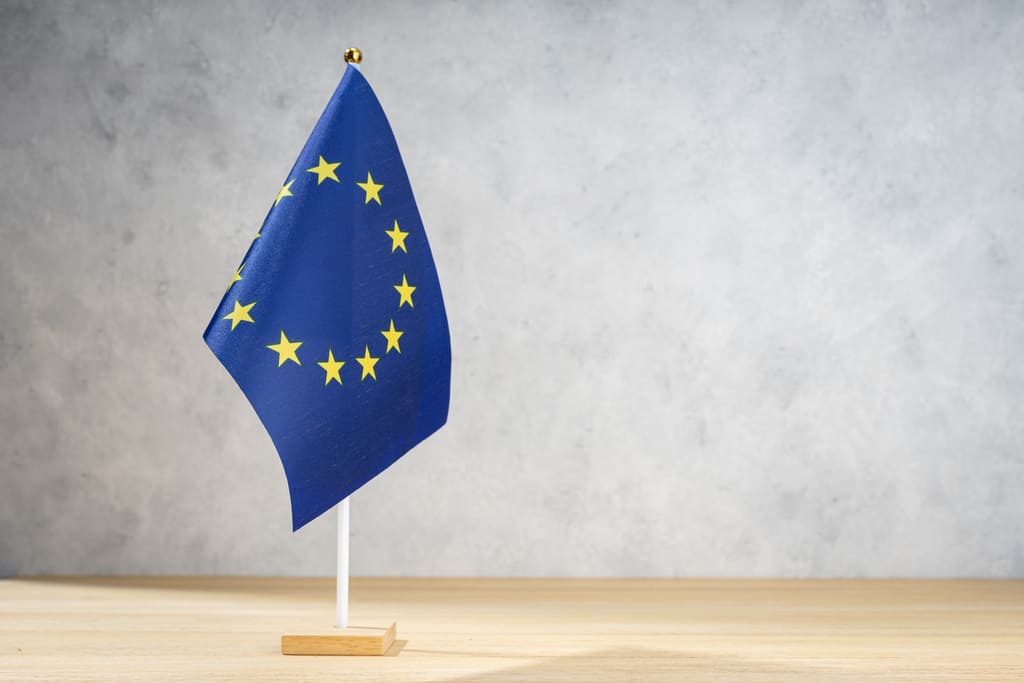European Customs Law
Our office is highly specialized in European Customs Law for importation and exportation of goods, that is to say from and to European countries, with empasis in transportation of goods from Europe to China and vice versa.
To set an example, here we have a classic transportation route steps for a product exported from Spain to China:
Phase 1: Obtain the exporter’s EORI Number
The EORI is a number, unique throughout the European Union, assigned by the customs authority in a Member State to economic operators (companies), or persons. Thus, to make any export of products from Spain the exporting company must appear as an exporter or importer in a customs clearance of a shipment through a Spanish port or airport and therefore will need an EORI number, otherwise the shipment can not be cleared at customs (https://ec.europa.eu/taxation_customs/business/customs-procedures/general-overview/economic-operators-registration-identification-number-eori_en)
Each company must obtain its EORI number in the Member State where its first import/export takes place. This will normally be your country of origin. Once the exporting company obtains the EORI number, it will be valid for all EU member states. It is necessary to request the link between the EORI and the NIF (Tax Identification Number) already assigned to the company.
Phase 2: Identification of the tariff code of the product and calculation of export and import duties and taxes
- Calculation of possible customs duties on exports from the European Union
This is realised by using the European TARIC system and by correctly identifying the code of the specific product to be exported in the system. In the TARIC system we then have to identify and confirm that there are no preferential custom duties or measures or export restrictions for the export of the product from a Member State of the European Union, such as Spain, to China.
- Pre calculation of import custom duty rights to China
It is important to note that both the European Union and China impose a special custom duty or tax on certain categories of products such as alcoholic products, tobacco and energy products. In our example, since it is an export from Spain to China, it is the Chine the one who will demand the consumption tax at Chinese customs when the product arrives at its destination and for this reason we also need to identify the code of the product not only in the European TARIC system but also in the unified system of Chinese custom duties.
In addition, in the same Chinese custom duties system we have to verify if China imposes customs duties or preferential duties and anti-dumping duties and/or a consumption tax. This is the case, for example, for importation of alcoholic beverages and is calculated on the basis of liters of product to be imported.
In addition, apart from the consumption tax to be paid in China, in the same country you will have to pay the corresponding VAT calculated on the value of the product.
Phase 3:
- Issuance of the invoice by the exporter
It is the most important document to be prepared by the exporter. The invoice must accompany each shipment, even if the goods are shipped free of charge. The invoice is the basic document used in exports, and all other documents use the information that appears on it.
Exporters are often asked to prepare a proforma invoice. This document is used as a quote or when payment is made in advance and the words pro forma must be clearly displayed.
When free samples are sent, customs authorities request the presentation of an invoice for customs purposes only. In this case, the invoice indicates the clause “No commercial value. Contribution value for customs purposes only.”
As clarified in Phase 2 of this example, only the price of the product excluding VAT and consumption tax will be recorded in the commercial invoice, since both VAT and consumption tax (if applicable) will be paid in the country of destination (China). In the case of a CIF contract under the Incoterms, according to which the seller of the product has the contractual obligation to also perform and assume the cost of the contract of transport and insurance of the product, both the price of the product and the cost of insurance and transport of the same have to appear on the commercial invoice.
- Issuance of other documents required for export
- Packing list issued by the exporter to detail all the packages, boxes, funds or packages that make up an expedition, as well as the weight and contents of each one.
- Customs invoice for statistical purposes and consular invoice also issued by the exporter where the value, quantity and origin of the product are verified so that the custom duty type can be determined by Chinese customs.
- Certificates of origin issued by the Chamber of Commerce of the place were the product was fabricated in Spain.
- Additionally, for agri-food products, China asks for a sanitary certification. This certificate certifies that the products included in it are suitable for human consumption and comply with the health regulations of the issuing country.
Phase 4: Contract of Carriage and Insurance Contract
After the issuance of the above-mentioned documents, we proceed to the stage of negotiation of the contract of carriage in which the obligations are specified and which allows the holder of the transport document to dispatch the transported goods.
Depending on the mode of transport chosen (sea or air transport of the product) the corresponding document is issued by the shipping or air company in which it is stated that the goods have been received to be transported to the port or airport of reference in the ship or aircraft indicated. For maritime transport, depending on the type of transport it can be a contract of direct carriage, mixed embarked and received for shipment. In the case of air transport, the IATA model is used, which is not a negotiable document.
In addition, the insurance contract must accompany the product throughout the export route until it reaches the final destination in China. As already explained in Phase 3 in the case of a CIF sales contract according to the Incoterms, it is the seller who has to cover the insurance and transport costs. If this is not the case, an agreement can be made between the Spanish selling company and the buying company in China that the latter will pay both the cost of transport and the insurance of the merchandise but both contracts must in any case accompany the product from its clearance in the customs of the exporting country until the merchandise arrives at the customs of the destination country.
Phase 5: Legalization of documents
The People’s Republic of China is not a party to the Hague Convention and, consequently, the procedures to be followed are different and somewhat more complex than those to be carried out by the member countries of the said Convention. As a rule, China first asks for internal legalization of export documents by the country of destination, in our case Spain, and then legalization through its consular service in the country of export.
However, The Hague Convention is in force in the Hong Kong Special Administrative Region, despite the transfer of sovereignty from the United Kingdom to the People’s Republic of China on 1 July 1997. Similarly, the Convention also applies in Macao despite the transfer of sovereignty from Portugal to the People’s Republic of China on 20 December 1999.
Fase 6: Arrival of the product at China customs and customs procedures
When the goods arrive at the port or airport of China, all the documents mentioned in phases 2, 3 and 4 are verified and must be duly legalized. In addition, for the clearance of the product you have to make the Declaration of the customs value.
In addition to verification of such documents and calculation, Chinese customs services may inspect products for compliance with applicable Chinese regulations.
Finally, if all the requirements mentioned in Phase 6 are met under prior inspection by the customs services, the goods can already enter the Chinese domestic market and be commercialised.
Latest news
April, 2024
International Custody in the E.U.: Ensuring the Welfare of the Child
How influencers can protect their intellectual property online
Suing a foreign company for breach of contract
The European Union strengthens protection of quality agricultural products
Convertible Bonds
Convertible Bonds
Navas & Cusí, with wide experience in legal procedures against bad banking practice, calls upon the courts of this country for the nullification of the contracts signed and the refund of the significant financial losses by investors as a result of the incorrect marketing of these products on the part of the financial institutions, in cases that have failed to comply with their legal duties of transparency and informationduring the procurement process, omitting the regulations applicable to the institutions that operate in the securities market.
What are convertible and/or exchangeable bonds?
Convertibility means the possibility of transforming one financial asset into another. Thus, a specific obligation (bond) can be converted into a share or into another type of obligation.
Convertible or exchangeable obligations enable the owner to redeem them for shares on a specified date.
Until the conversion or exchange date, the investor receives the interest through the collection of regular bond coupons. The number of shares that will be delivered for each bond or obligation and the way in which prices and dates of the exchange or conversion are determined, are specified in the Informative Leafletpublished by the issuing financial institution.
When the Exchange or conversion date arrives, the investor has two alternatives:
- Exercise the conversion option, if the price of the shares offered in exchange / conversion is less than their market price.
- Keep the obligations until the date of the following conversion option or until their maturity.
Latest news
April, 2024





